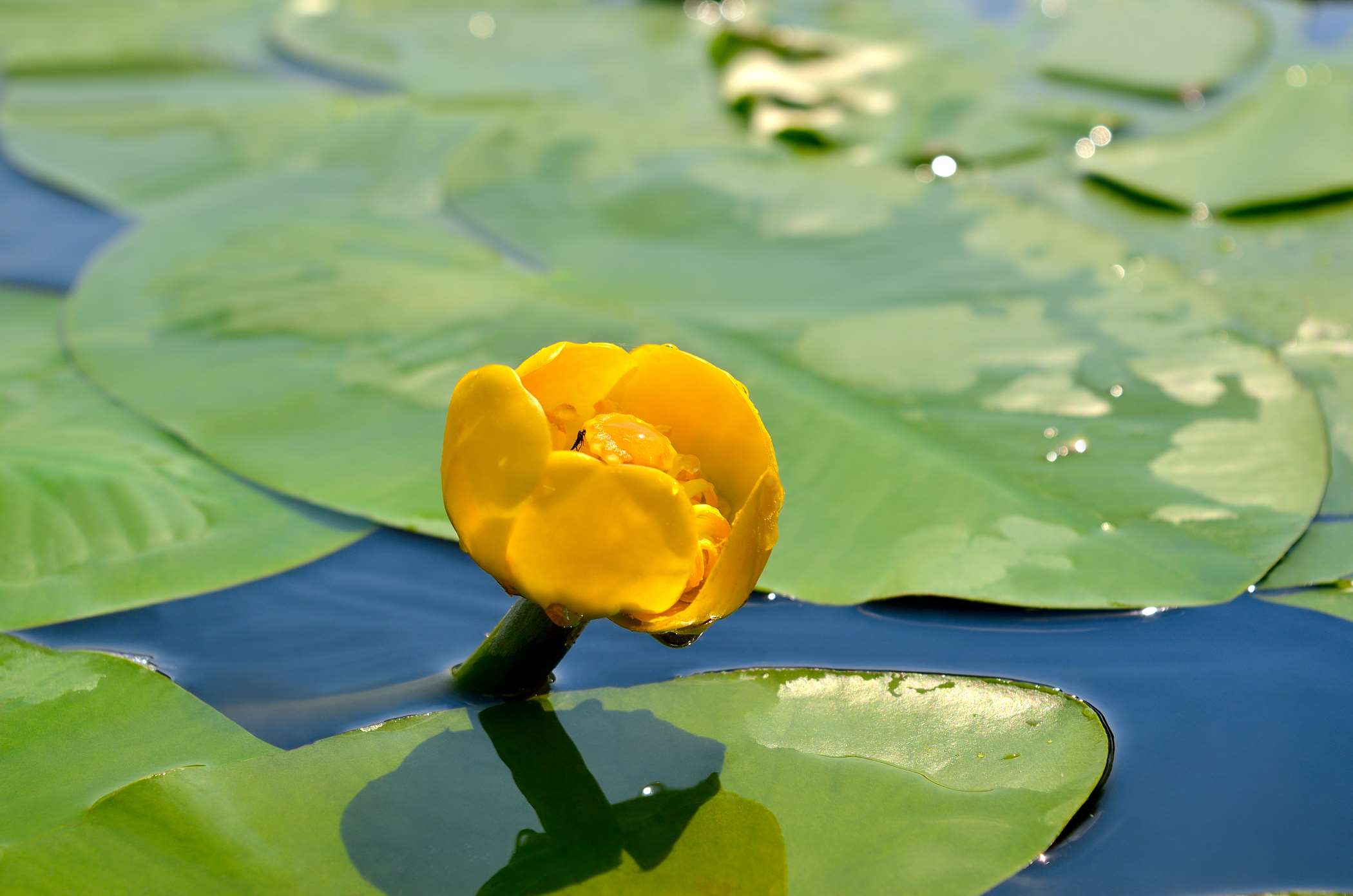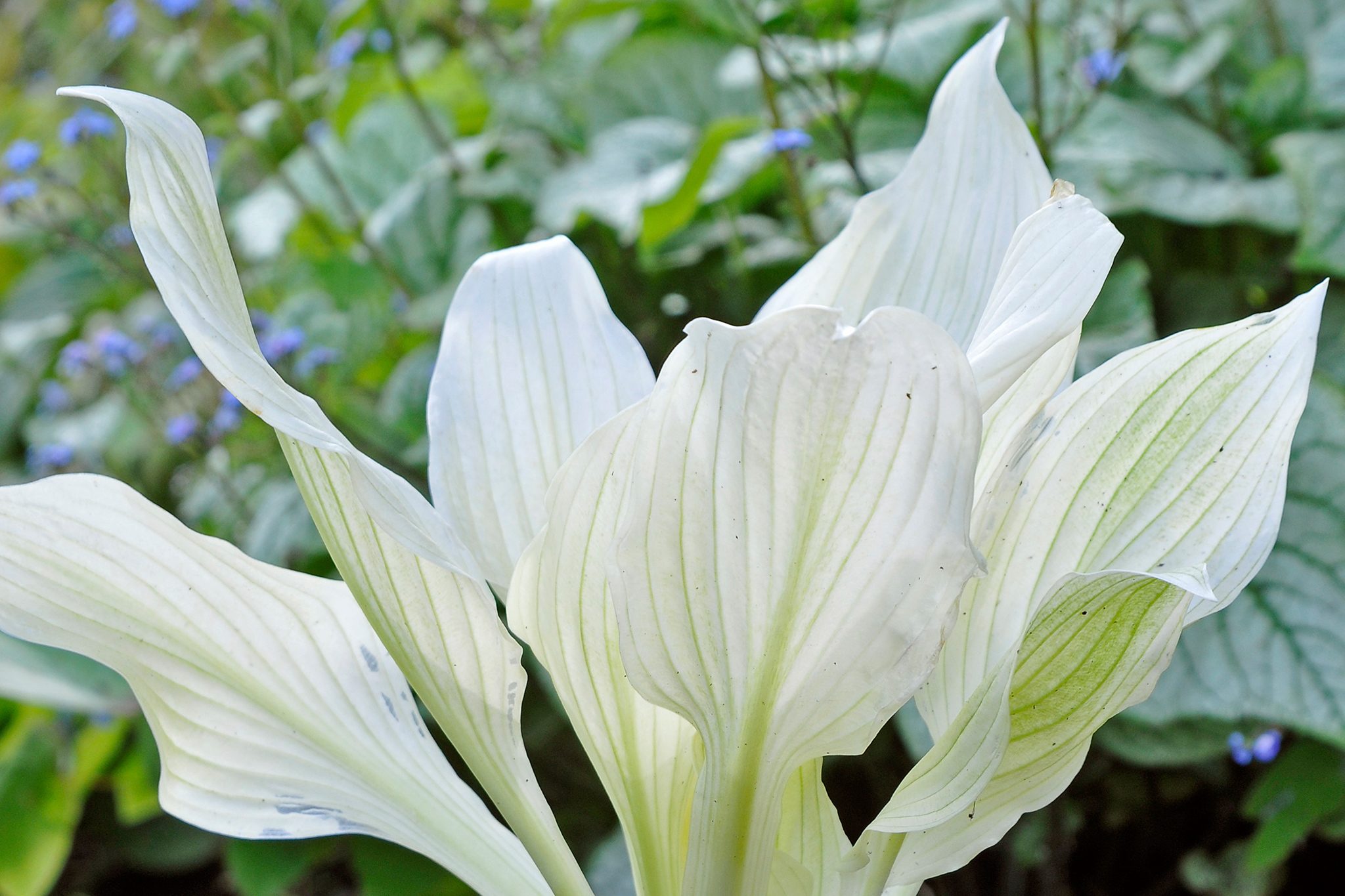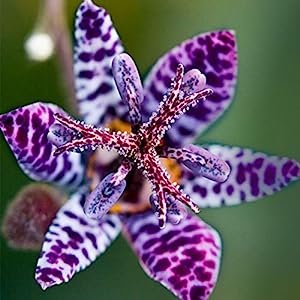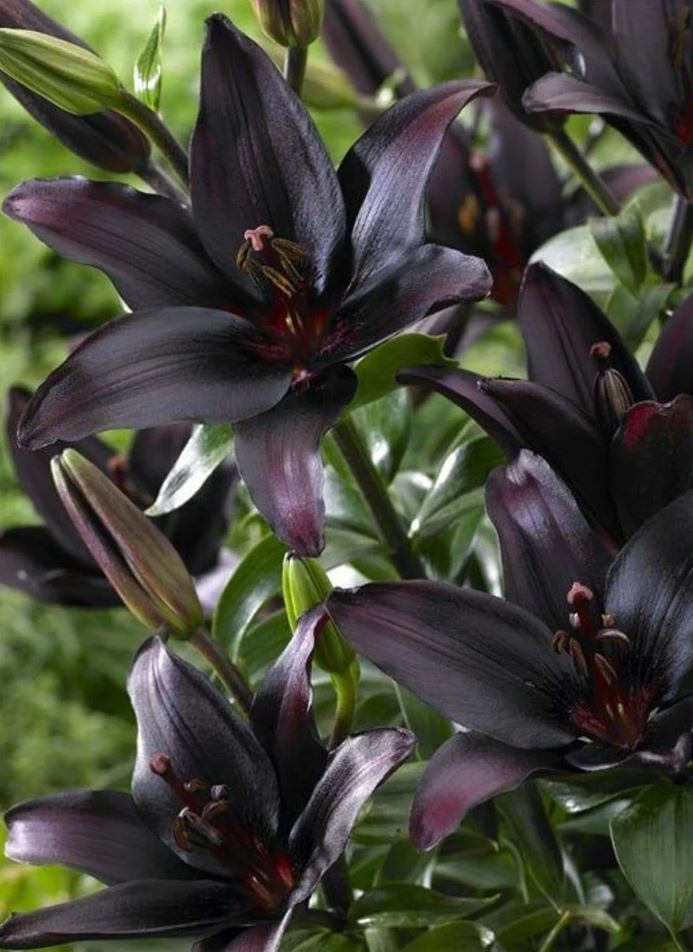In the enchanting realm of aquatic ecosystems, the Yellow Water Lily Spadderdock (Nuphar lutea) reigns as a symbol of vibrant beauty and ecological significance. With its captivating yellow flowers and lily pad-covered waterways, this perennial aquatic plant stands as a testament to nature’s ingenuity. Native to various regions across the globe, including Europe, North America, and parts of Asia, the Yellow Water Lily Spadderdock thrives in freshwater habitats, playing a vital role in ecosystem dynamics. This essay delves into the intriguing attributes, ecological importance, and cultural significance of the Yellow Water Lily Spadderdock.

I. Taxonomy and Morphology
The Yellow Water Lily Spadderdock, scientifically known as Nuphar lutea, belongs to the family Nymphaeaceae. This aquatic plant possesses an impressive array of morphological features that make it an unmistakable species within its habitat. Its large, round leaves, often referred to as lily pads, float gracefully on the water’s surface, providing shelter and shade for aquatic organisms. The vibrant yellow flowers, held above the water by sturdy stems, draw the eye with their radiant allure. These blossoms emit a subtle fragrance, attracting pollinators such as bees and beetles. The Yellow Water Lily Spadderdock’s architectural magnificence complements its ecological significance.
II. Ecological Role
The Yellow Water Lily Spadderdock plays a critical ecological role in freshwater habitats, contributing to the health and balance of aquatic ecosystems. Its lily pads serve as a vital habitat for a diverse array of organisms, such as insects, frogs, and small fish. The pads provide resting places, nurseries for amphibians, and shelter from predators. Additionally, the thick vegetation created by the lily pads helps reduce water movement, leading to sedimentation and the formation of microhabitats that support various organisms.
Moreover, the Yellow Water Lily Spadderdock acts as an essential component of nutrient cycling in freshwater ecosystems. Its roots, submerged in the water, absorb excess nutrients like nitrogen and phosphorus, thereby reducing water pollution and eutrophication. This process helps maintain water quality and prevents the proliferation of harmful algal blooms. Furthermore, the plant’s decomposition after senescence contributes to the nutrient availability for other organisms, completing the ecological cycle.
III. Cultural Significance
Beyond its ecological importance, the Yellow Water Lily Spadderdock holds cultural significance in many societies. Throughout history, this aquatic plant has inspired artists, poets, and storytellers, featuring prominently in folklore and mythology. Its mesmerizing beauty and symbolic associations have made it a subject of admiration and intrigue.
In indigenous cultures, the Yellow Water Lily Spadderdock holds spiritual and medicinal value. It is believed to possess healing properties and is used in traditional remedies for various ailments. The plant’s presence in sacred spaces and its association with purity and transformation further contribute to its cultural reverence.
Furthermore, the Yellow Water Lily Spadderdock has been celebrated in various artistic expressions. From paintings and literature to music and dance, artists have sought to capture the essence of its radiant blooms and serene aquatic habitat. Its association with tranquility, beauty, and the cycle of life has inspired creative works across cultures and generations.

IV. Conservation and Threats
Despite its ecological and cultural significance, the Yellow Water Lily Spadderdock faces several threats that require conservation efforts to ensure its survival. Habitat loss and degradation resulting from urbanization, pollution, and invasive species pose significant challenges. Wetland destruction and alteration disrupt the natural hydrological regimes essential for the Yellow Water Lily Spadderdock’s growth and propagation.
Conservation initiatives aim to address these threats and protect the species. Wetland restoration projects, including the creation of protected areas, help preserve the habitats necessary for the Yellow Water Lily Spadderdock’s survival. These efforts involve mitigating pollution, controlling invasive species, and promoting sustainable land management practices.
Public awareness campaigns play a pivotal role in conservation by highlighting the ecological importance and cultural significance of the Yellow Water Lily Spadderdock. Educating communities about the need to protect freshwater habitats and the biodiversity they support fosters a sense of stewardship and encourages sustainable practices.
Conclusion
The Yellow Water Lily Spadderdock, with its captivating beauty and ecological contributions, symbolizes the delicate balance and interconnectedness of freshwater ecosystems. Understanding and appreciating the morphological marvel, ecological significance, and cultural value of this remarkable aquatic plant is vital for its conservation. Through habitat preservation, restoration efforts, and public engagement, we can ensure the perpetuation of the Yellow Water Lily Spadderdock’s radiance, safeguarding its existence for future generations to admire and cherish.
How To Care For Spadderdock Pond Lily
Caring for Spadderdock Pond Lily, also known as Nuphar lutea, requires attention to specific care guidelines to ensure its health and thriving growth. Follow these care instructions to maintain a vibrant and flourishing Spadderdock Pond Lily:
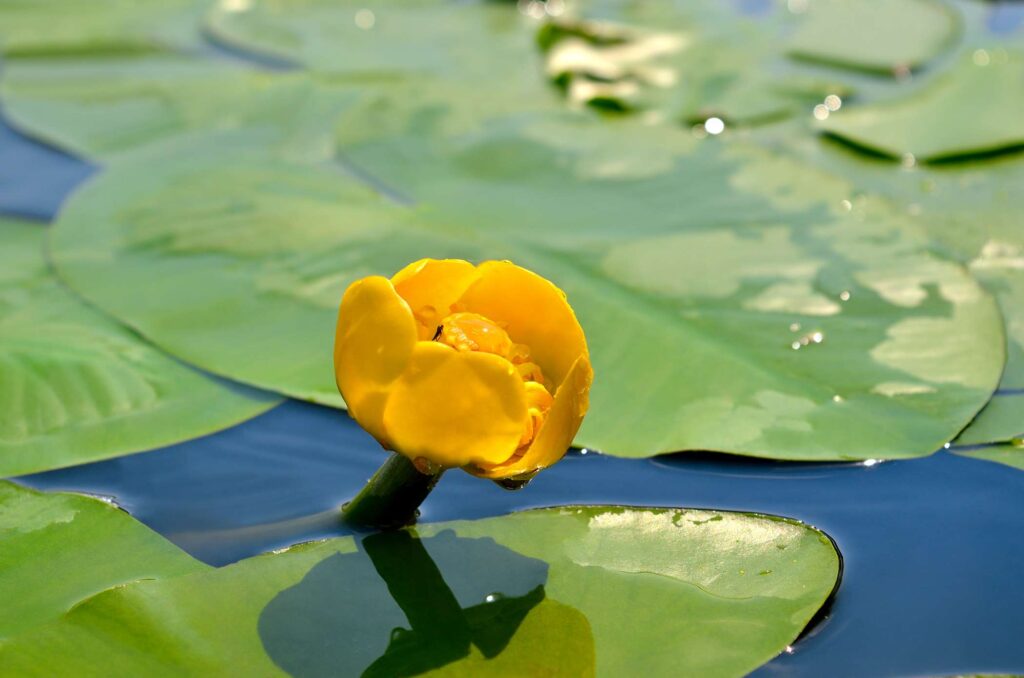
- Sunlight requirements: Spadderdock Pond Lily thrives in full sun to partial shade. Place the plant in a location that receives at least six hours of direct sunlight per day. However, it can tolerate some shade, especially during hot summers or in regions with intense sunlight.
- Water conditions: As an aquatic plant, Spadderdock Pond Lily requires a consistent water source. It prefers to be planted in a pond or water feature with calm, still water. Ensure the water level is sufficient to cover the plant’s roots. Avoid placing it in areas with strong currents or where water levels fluctuate significantly.
- Water quality: Spadderdock Pond Lily prefers freshwater with a neutral to slightly acidic pH. Monitor and maintain the water quality parameters within the optimal range to promote healthy growth. Regularly test the water pH and make adjustments as necessary.
- Planting: When planting Spadderdock Pond Lily, choose a container or planting basket large enough to accommodate its growth. Fill the container with a mixture of aquatic plant soil or clay loam and gently place the plant’s roots into the soil, ensuring they are covered. Submerge the container in the pond or water feature, allowing the leaves to float on the water’s surface.
- Fertilization: Spadderdock Pond Lily typically does not require regular fertilization, as it can extract nutrients from the water and sediment. However, if growth appears sluggish or leaves start to yellow, you can add a slow-release aquatic plant fertilizer according to the manufacturer’s instructions. Avoid over-fertilization, as it can lead to excessive algae growth and harm the plant.
- Pruning and maintenance: Regularly monitor the plant for any dead or decaying leaves and remove them promptly. This helps maintain the plant’s aesthetic appeal and prevents nutrient depletion. If the plant becomes overgrown, you can thin out excess foliage by carefully removing some leaves at the base.
- Winter care: In colder regions, Spadderdock Pond Lily may go dormant during winter. Before the onset of freezing temperatures, move the plant to deeper water or a location with more insulation to protect it from extreme cold. In milder climates, minimal winter care may be required, but it’s advisable to monitor the plant’s condition and take appropriate measures if needed.
- Pest and disease control: Spadderdock Pond Lily is generally resistant to pests and diseases. However, regularly inspect the leaves for any signs of damage or infestation. If necessary, use appropriate aquatic plant-safe treatments to control pests or diseases, following the product instructions carefully.

By providing adequate sunlight, maintaining proper water conditions, and practicing regular maintenance, you can ensure the health and vitality of your Spadderdock Pond Lily. Appreciate its elegant foliage and radiant blooms as it enhances the beauty of your aquatic landscape.


